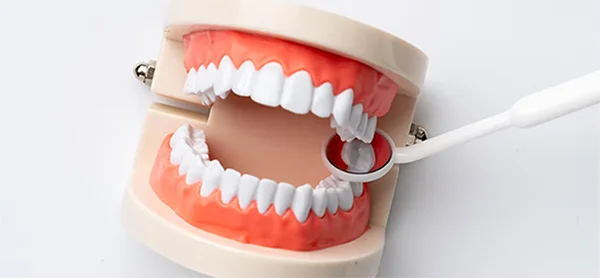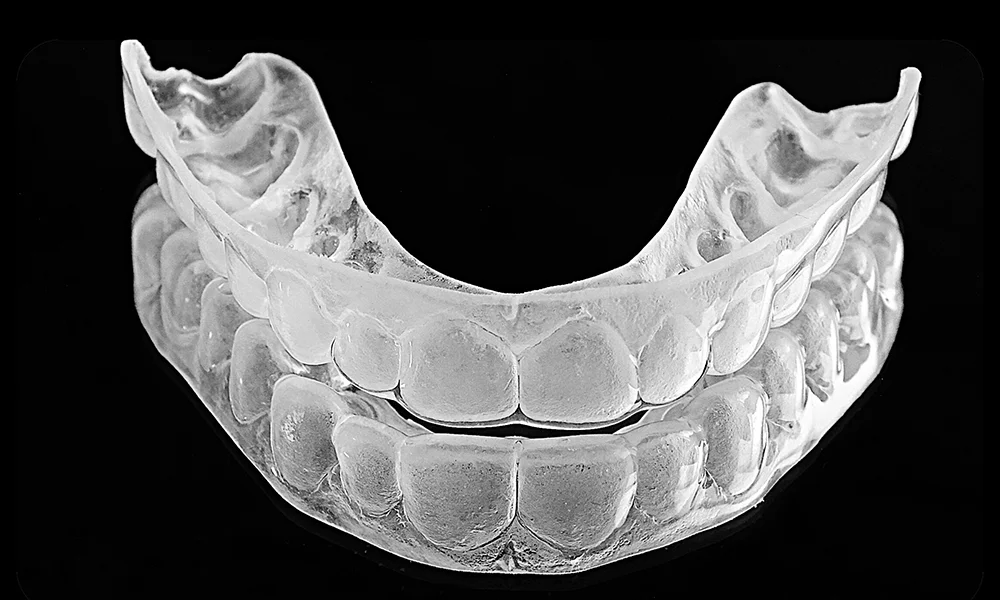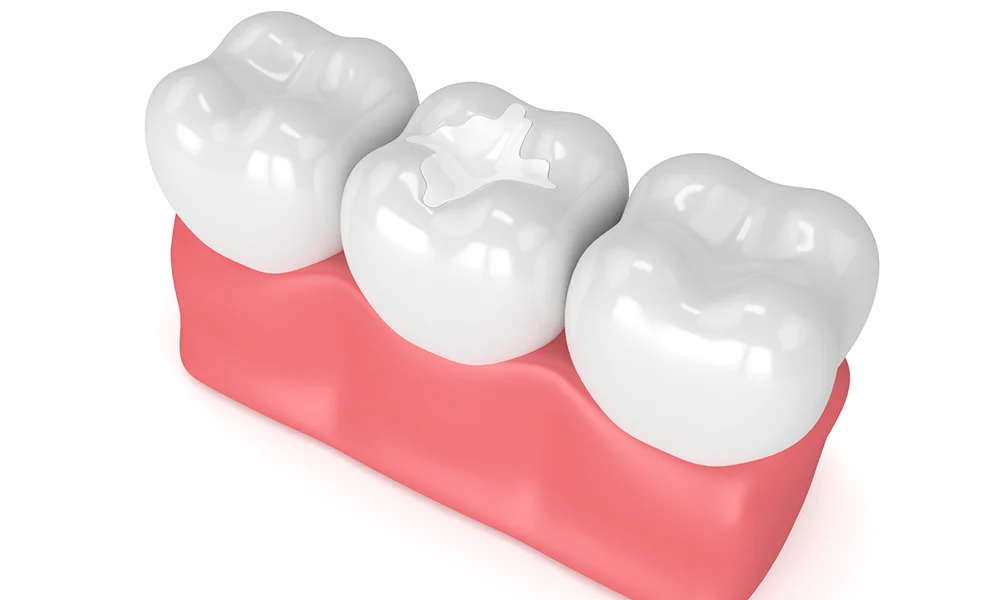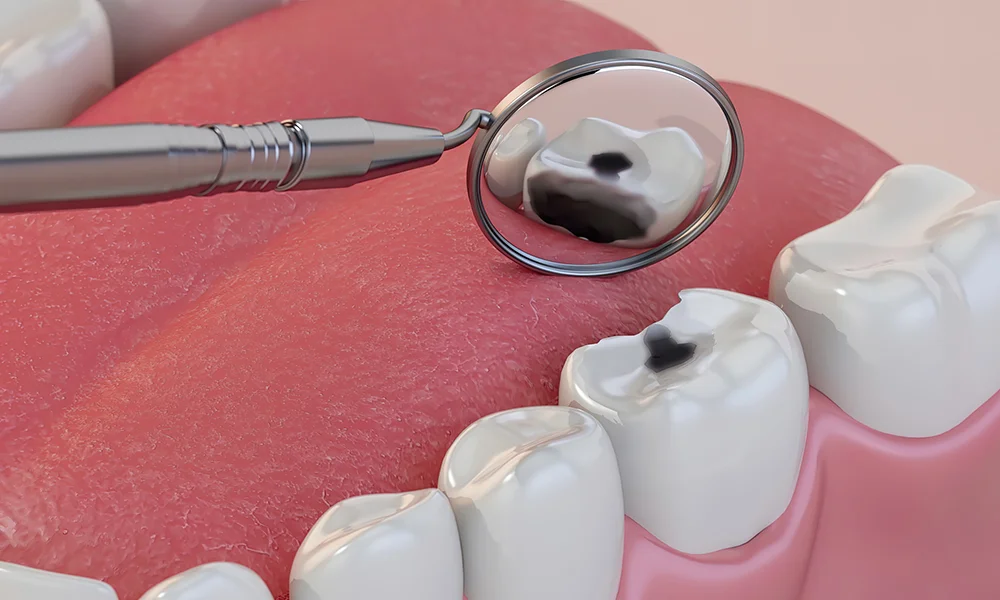Dental Services
Home » Dental Services

General & Preventative
Each of our office locations offer the following general & preventative services.
Upland Office
Fontana Office
-
Anti-Snoring Devices
-
Composite Fillings
-
Dental Cleanings
-
Dental Fillings
-
Fluoride Treatments
-
Laser Dentistry
-
Nightguards
-
Root Canals
-
Sealants
-
TMJ Treatment
-
Tooth Extractions

Cosmetic Dentistry
Each of our office locations offer the following cosmetic dentistry services.
Upland Office
Fontana Office

Restorative Dentistry
Each of our office locations offer the following restorative dentistry services.
Upland Office
Fontana Office

Preventive Dental Services
Book An Appointment:
Preventative Dentistry Services

Nightguards
A nightguard is a crucial dental appliance that can make a world of difference for those who suffer from bruxism, a condition where individuals unconsciously clench or grind their teeth during sleep. This habit can lead to severe dental problems, including worn-down enamel, chipped teeth, and even jaw disorders. We understand the impact that bruxism can have on your oral health, which is why we offer custom-made nightguards. These horseshoe-shaped, retainer-like devices are made from high-quality, dental-grade plastic, providing a comfortable fit for either the top or bottom arch of your mouth.
By wearing a nightguard, you create a protective cushion between your upper and lower teeth, preventing them from grinding against each other. The nightguard absorbs the pressure caused by clenching, protecting your teeth from damage. Additionally, for those who already experience Temporomandibular Joint Disorder (TMJ), a nightguard can be a part of the treatment plan. The device helps alleviate the strain on the jaw joint, providing relief from pain and improving overall jaw functionality. Our team will custom-design a nightguard to suit your unique dental structure, ensuring that you wake up with a refreshed smile and no jaw discomfort.

Anti-Snoring Devices
Snoring is a common problem that affects millions of individuals, leading to sleep disturbances and, in some cases, even sleep apnea. We offer a practical solution to address this issue – custom-made anti-snoring devices. Designed to fit comfortably and securely in your mouth, these devices help position the lower jaw slightly forward, keeping the airways open and reducing or eliminating snoring. Our anti-snoring devices are made from flexible, thin materials and use connectors that attach to transparent upper and lower forms, specially laminated to your dentist’s model of your mouth for a perfect fit.
Whether your snoring is mild or more severe, our anti-snoring devices can help you and your partner enjoy a restful night’s sleep. Not only will this improve your overall sleep quality, but it will also result in better daytime alertness and increased energy levels. Unlike over-the-counter solutions, our custom-made anti-snoring devices are tailored to your unique oral anatomy, providing optimal comfort and effectiveness. Say goodbye to sleepless nights and welcome a quieter, more peaceful sleep with our specialized anti-snoring devices.

TMJ Treatment

Fluoride Treatment
Fluoride is a natural mineral renowned for its ability to strengthen tooth enamel and protect against cavities. We believe in the power of preventative care, and our fluoride treatments are an essential aspect of maintaining optimal dental health for both children and adults.
For young children, fluoride plays a crucial role in the development of their teeth. By concentrating in the growing bones and developing teeth, fluoride helps to harden the enamel on baby and adult teeth before they emerge, providing a solid foundation for healthy teeth. For adults, fluoride helps to further strengthen the enamel on teeth that have already emerged, offering an additional layer of protection against decay.
During a fluoride treatment (at your dental cleaning visit), our skilled dental professionals will apply a higher concentration of fluoride than what is typically found in commercial products. This targeted approach provides extra protection against tooth decay and alleviates tooth sensitivity. With regular fluoride treatments, you can significantly reduce the risk of cavities and enjoy a strong, healthy smile for years to come.

Sealants

Composite Fillings
At Imaging Dentistry, we are committed to providing the safest and most aesthetically pleasing dental solutions for our patients, which is why we offer composite dental fillings as a superior alternative to traditional metal or silver amalgam fillings.
Composite fillings, also known as white fillings, are made from a mixture of glass or quartz filler in a resin medium, resulting in a tooth-colored filling that blends seamlessly with your natural teeth. Unlike amalgam fillings, which contain about 50% mercury, composite fillings are environmentally non-toxic, ensuring the safety of both your dental health and the environment.
One of the significant advantages of composite fillings is their ability to bond directly to the tooth’s surface. This means that less healthy tooth structure needs to be removed, compared to amalgam fillings that require more extensive tooth preparation. As a result, composite fillings offer a stronger bond and help protect the tooth from fracturing or cracking in the future.
Whether you need to treat decay, replace an old amalgam filling, or desire a more aesthetically pleasing smile, our composite fillings are the ideal solution. Trust our skilled dental professionals to provide you with durable and natural-looking composite fillings, ensuring your oral health and satisfaction.
Discover the Smile You’ve Been Hoping For
If you’re ready to see how Imaging Dentistry can change your smile, schedule a consultation today. Dr. Vahan will guide you through every step, from your first appointment to your final smile.
Two Locations, One Trusted
Standard of Care
Upland, CA Dental Office

Fontana, CA Dental Office

